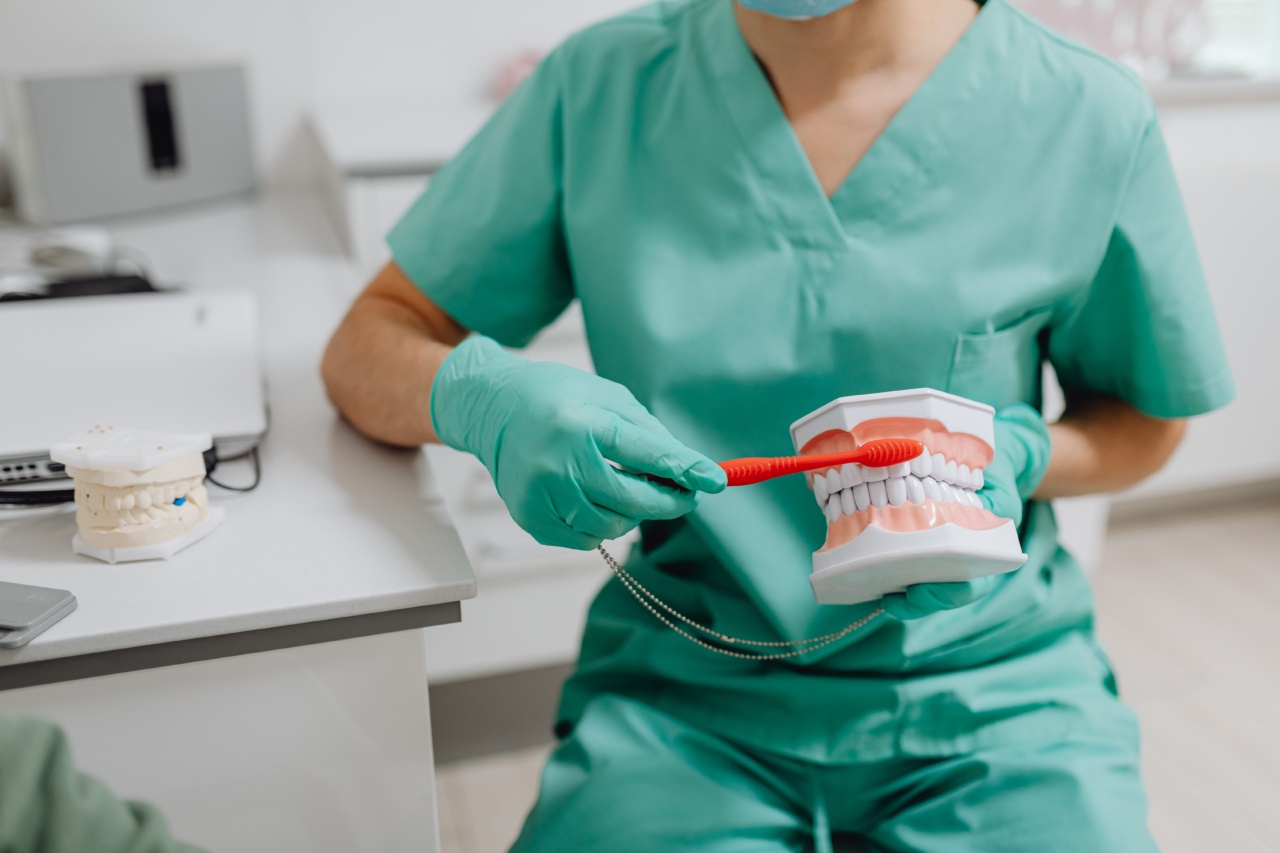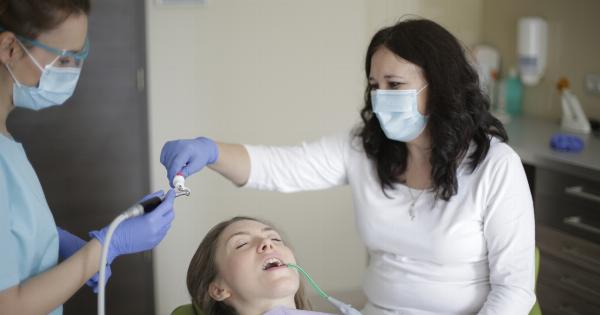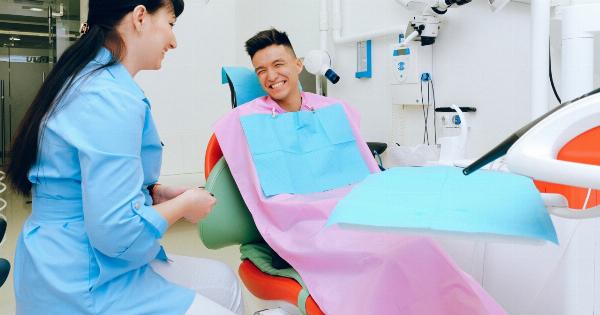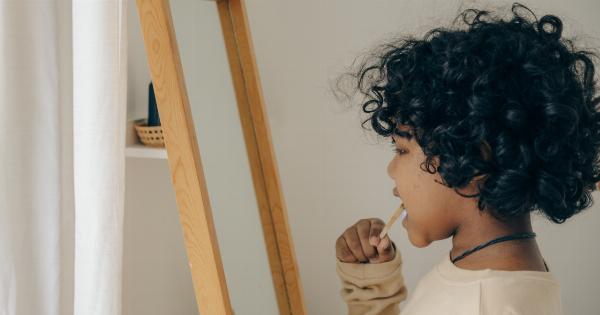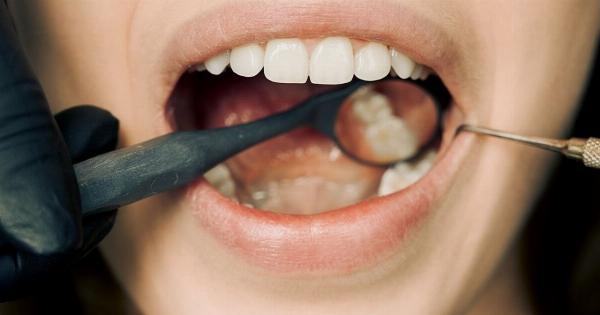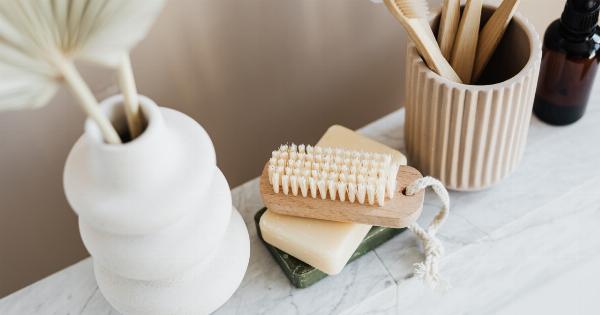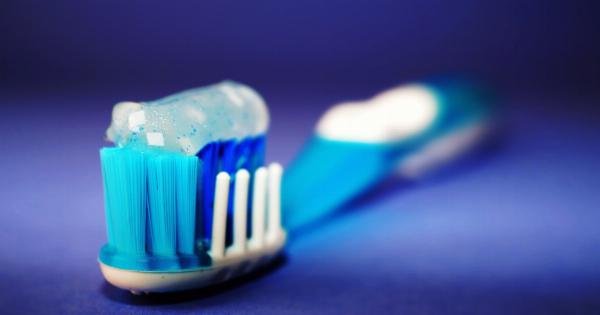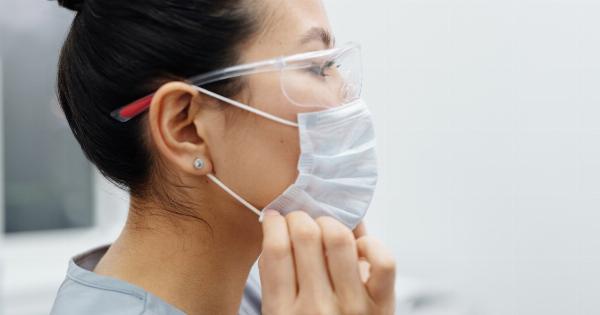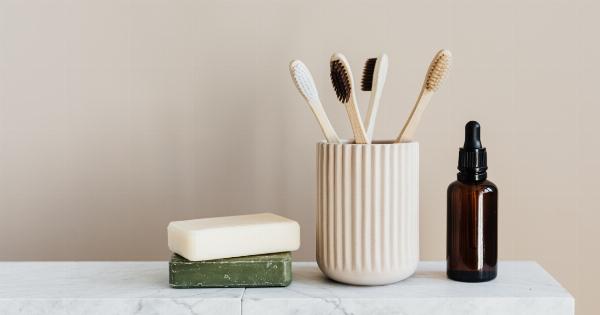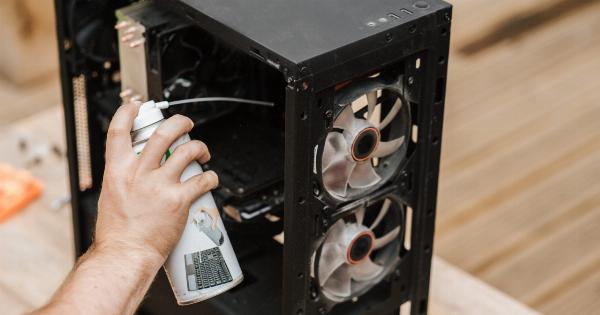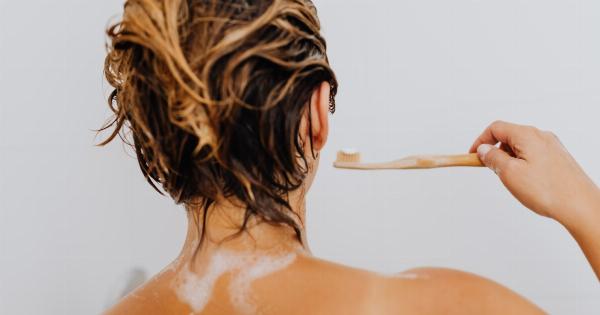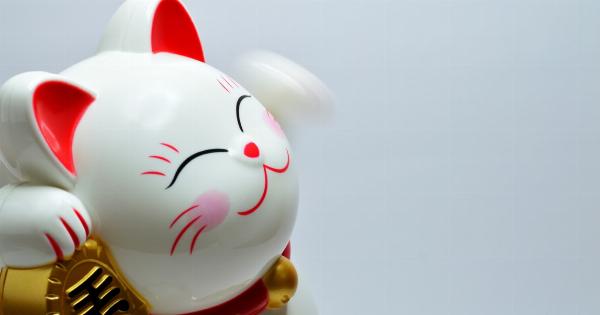Brushing your teeth is essential for maintaining good oral hygiene. It helps remove the bacteria and plaque that can lead to tooth decay and gum disease.
However, even if you brush regularly, you may be doing it wrong, which can increase your risk of cavities. In this article, we will look at some common brushing mistakes and how to avoid them.
Not Brushing for Long Enough
One of the most common mistakes people make when brushing their teeth is not doing it for long enough. Most people only brush for 30 seconds to a minute, which is not enough time to thoroughly clean all the surfaces of your teeth.
How to Avoid This:.
- Brush for at least two minutes, twice a day.
- Use a timer or a toothbrush with a built-in timer to make sure you are brushing for long enough.
Brushing Too Hard
Another mistake people make is brushing too hard. This can damage your teeth and gums, causing sensitivity and even gum recession.
How to Avoid This:.
- Use a soft-bristled toothbrush.
- Hold your toothbrush with a light grip.
- Use gentle circular motions instead of scrubbing back and forth.
Using the Wrong Brushing Technique
Another common brushing mistake is using the wrong technique. Some people brush in a back-and-forth motion, which can cause damage to the tooth enamel and gums.
How to Avoid This:.
- Use a circular motion to brush your teeth.
- Angle your brush at 45 degrees to the gum line.
- Brush all surfaces of your teeth, including the fronts, backs, and chewing surfaces.
Not Brushing Often Enough
Brushing your teeth should be a daily habit, but some people only do it once a day or less. This can allow bacteria and plaque to build up, increasing your risk of cavities.
How to Avoid This:.
- Brush your teeth twice a day, once in the morning and once before bed.
- If you can, brush after meals to remove food particles and bacteria.
Not Brushing Your Tongue
Many people neglect their tongue when brushing their teeth, but the tongue can harbor bacteria that can cause bad breath and tooth decay.
How to Avoid This:.
- Brush your tongue gently with your toothbrush or a tongue scraper.
Using an Old Toothbrush
Using an old toothbrush can be ineffective at removing plaque and bacteria from your teeth, and can even contribute to the growth of bacteria on your brush.
How to Avoid This:.
- Replace your toothbrush every three to four months, or sooner if the bristles become frayed.
Not Using Fluoride Toothpaste
Fluoride is a mineral that helps strengthen the enamel of your teeth and prevent cavities. Not using fluoride toothpaste can increase your risk of tooth decay.
How to Avoid This:.
- Choose a toothpaste that contains fluoride.
- Look for a toothpaste that has been recommended by your dentist.
Skipping Flossing
Flossing is just as important as brushing, as it removes plaque and bacteria from between your teeth and along your gum line.
How to Avoid This:.
- Make flossing part of your daily oral hygiene routine.
- Use dental floss or an interdental brush.
Not Seeing the Dentist Regularly
Even if you brush and floss regularly, you still need to see your dentist for regular checkups and cleanings. This can help detect any issues early and prevent them from becoming more serious.
How to Avoid This:.
- See your dentist at least twice a year for a checkup and cleaning.
- If you have any concerns or pain, schedule an appointment with your dentist immediately.
By avoiding these common brushing mistakes, you can help prevent cavities and maintain good oral hygiene.
